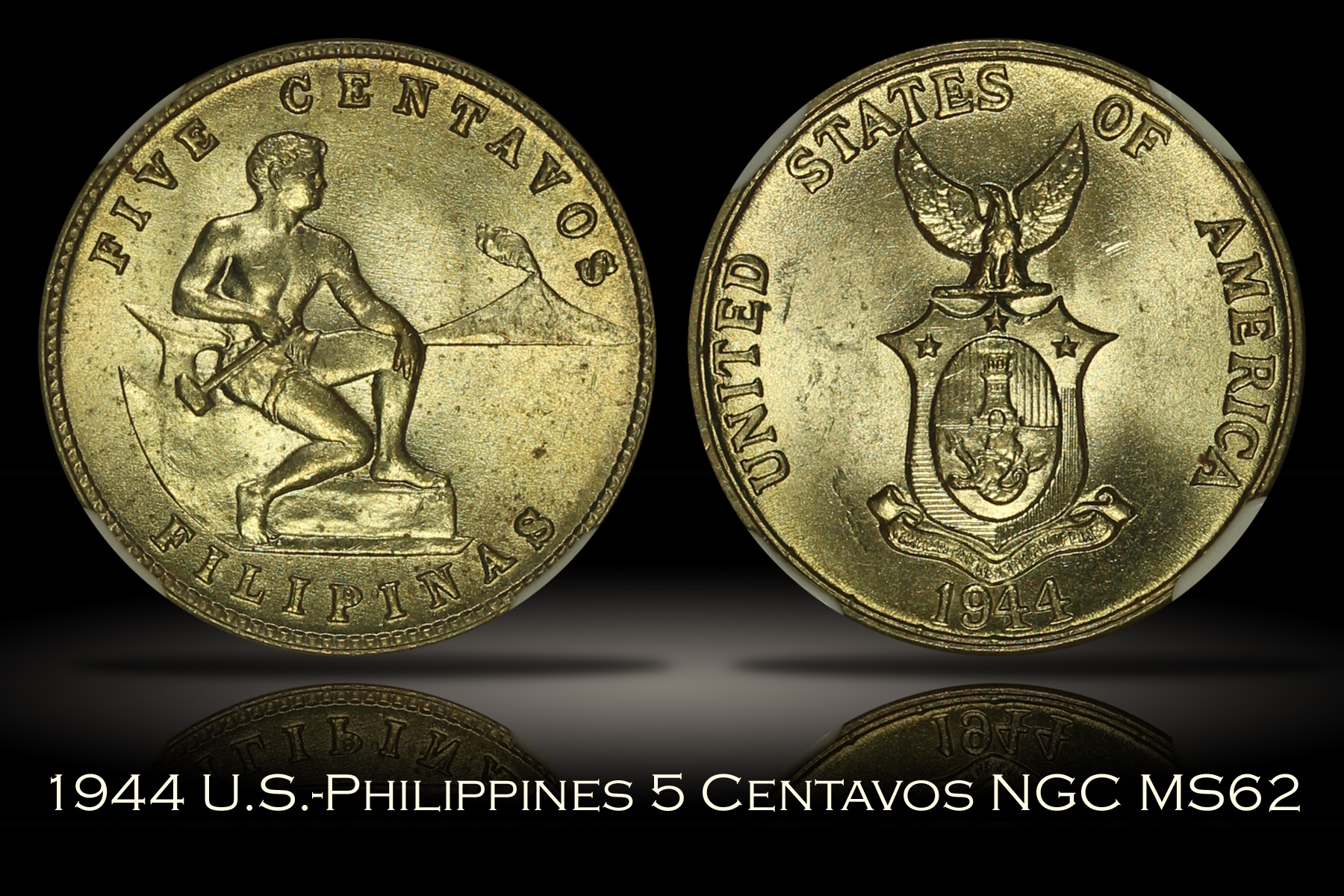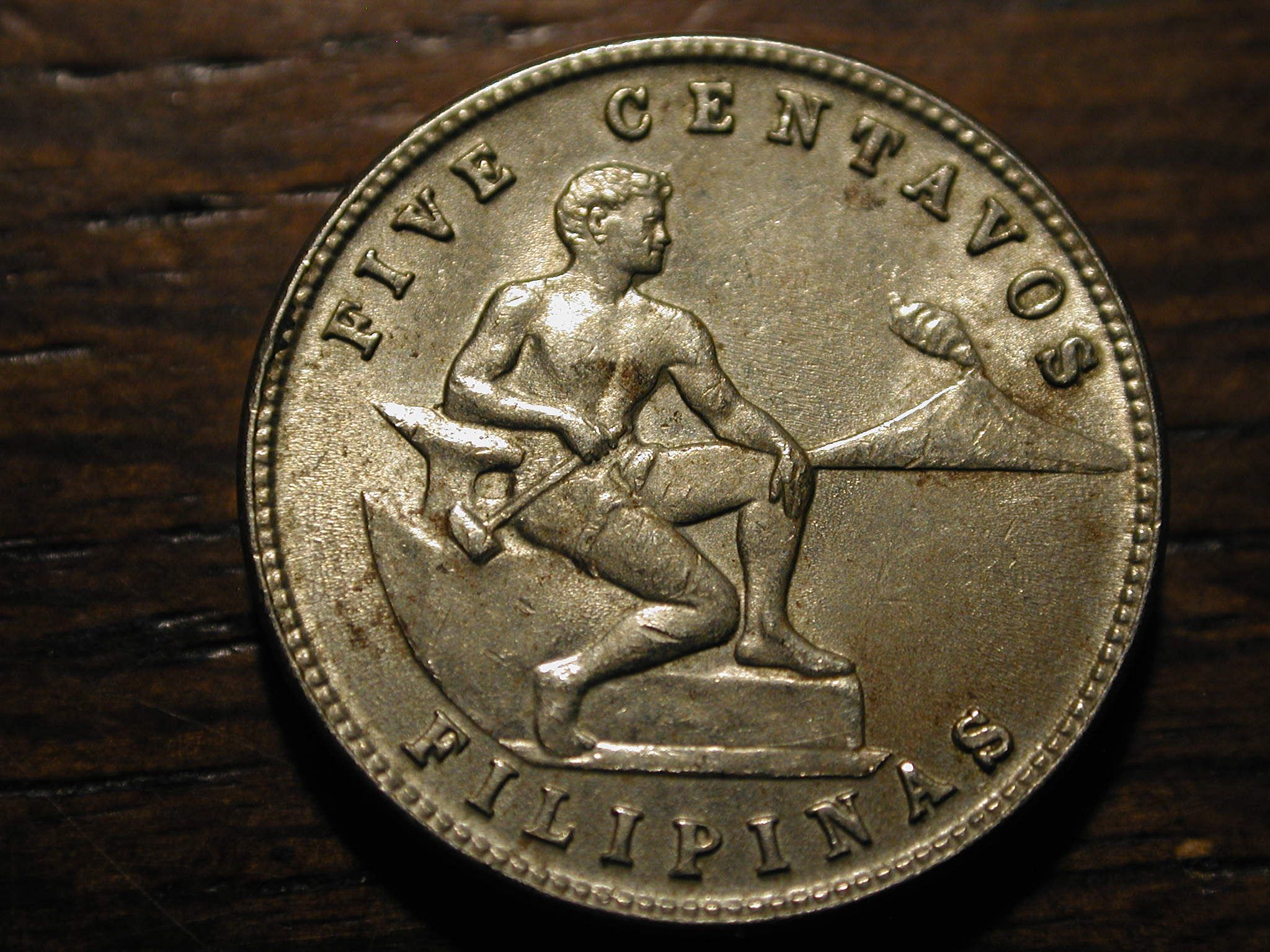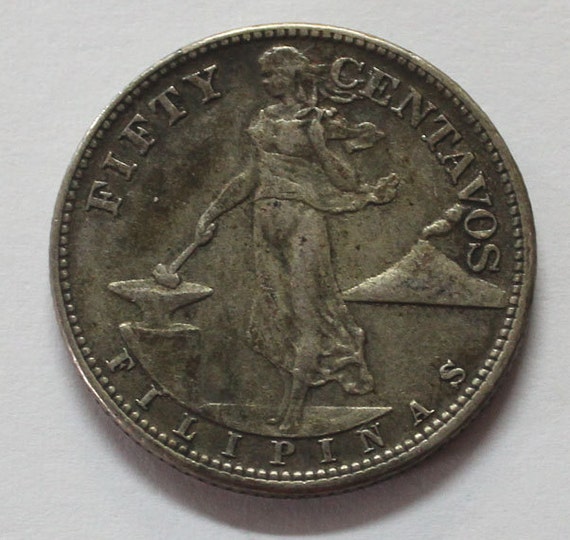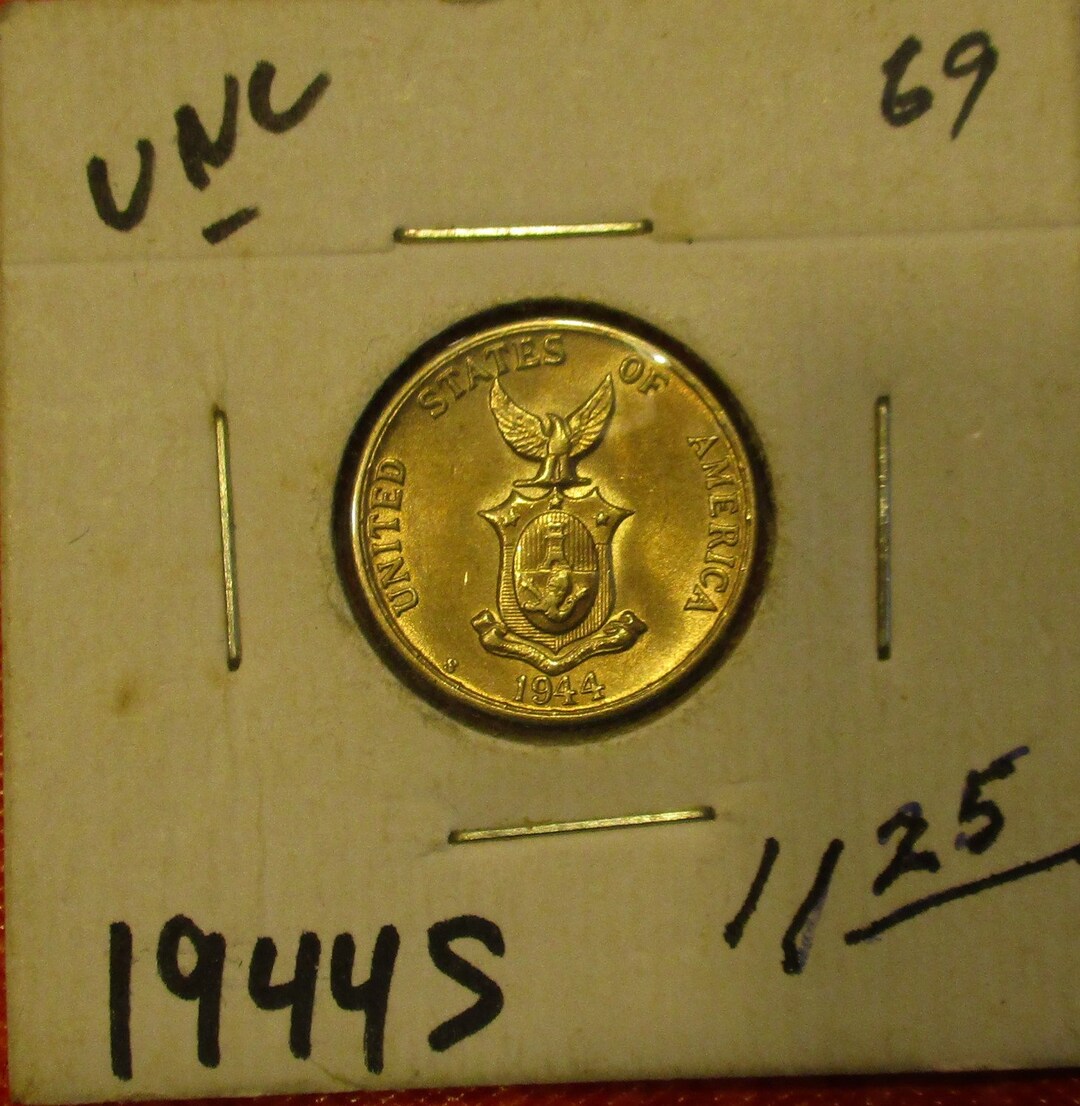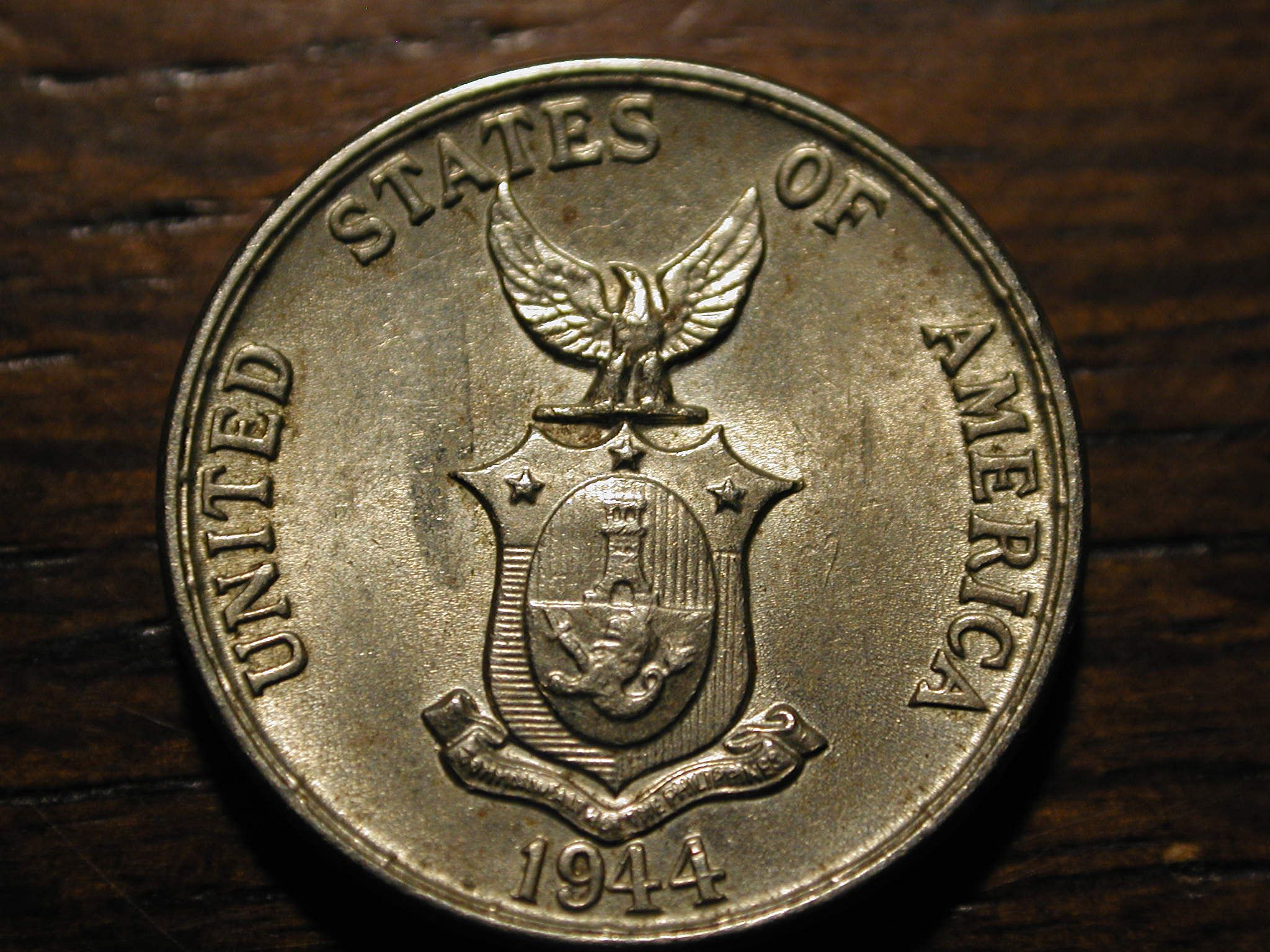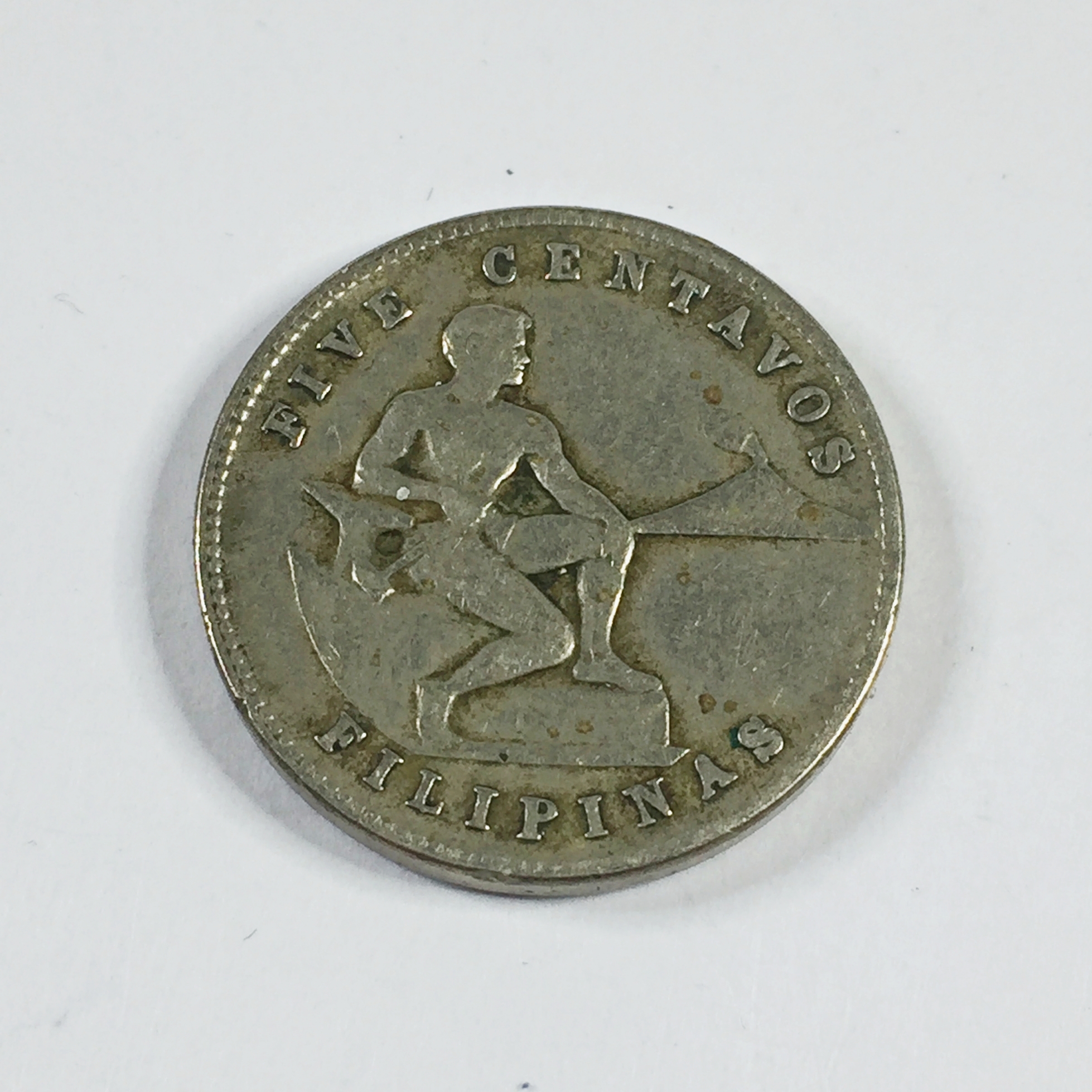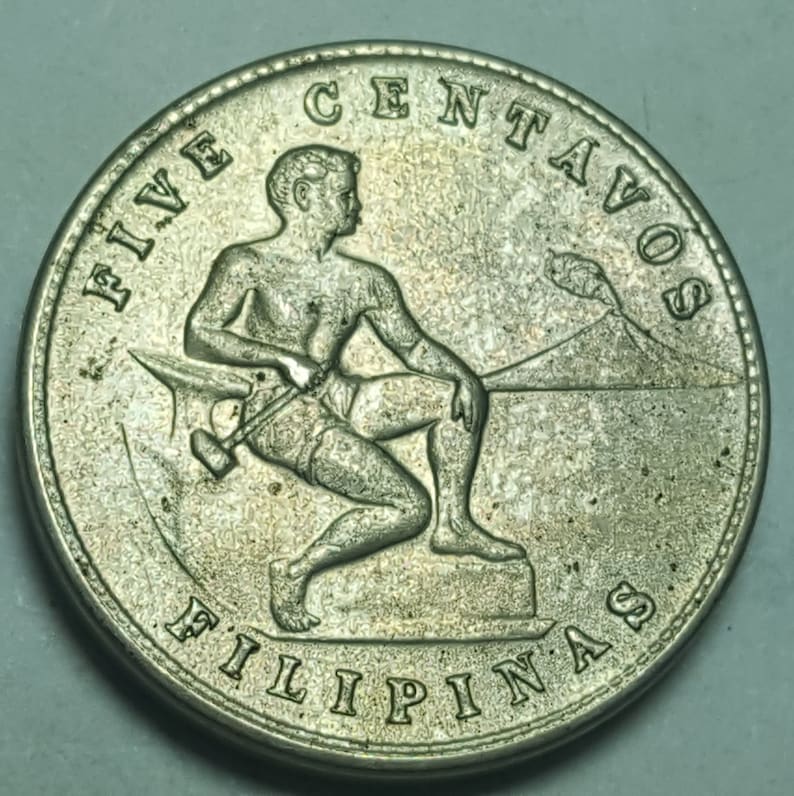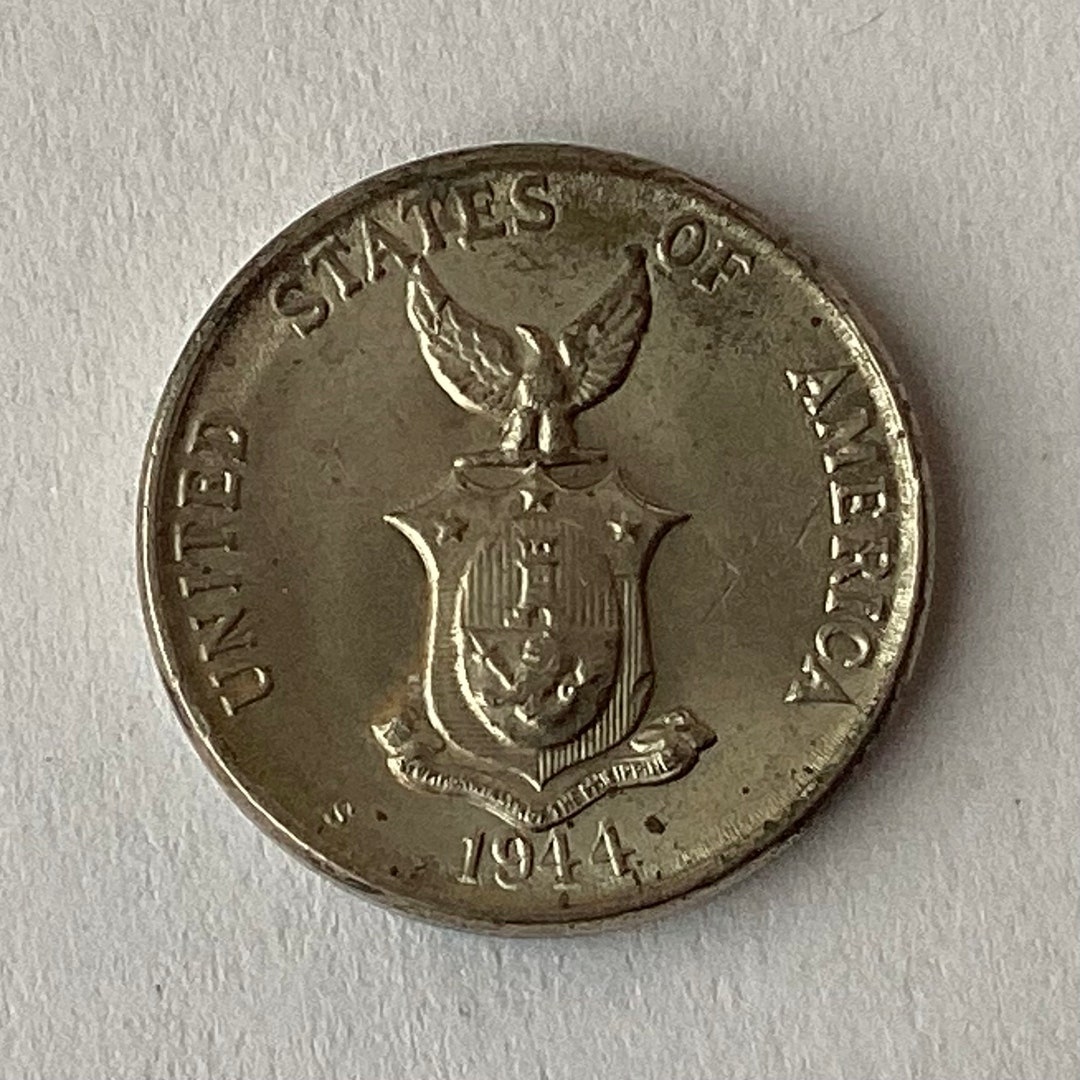What Is A 1944 5 Centavos Filipinas Worth
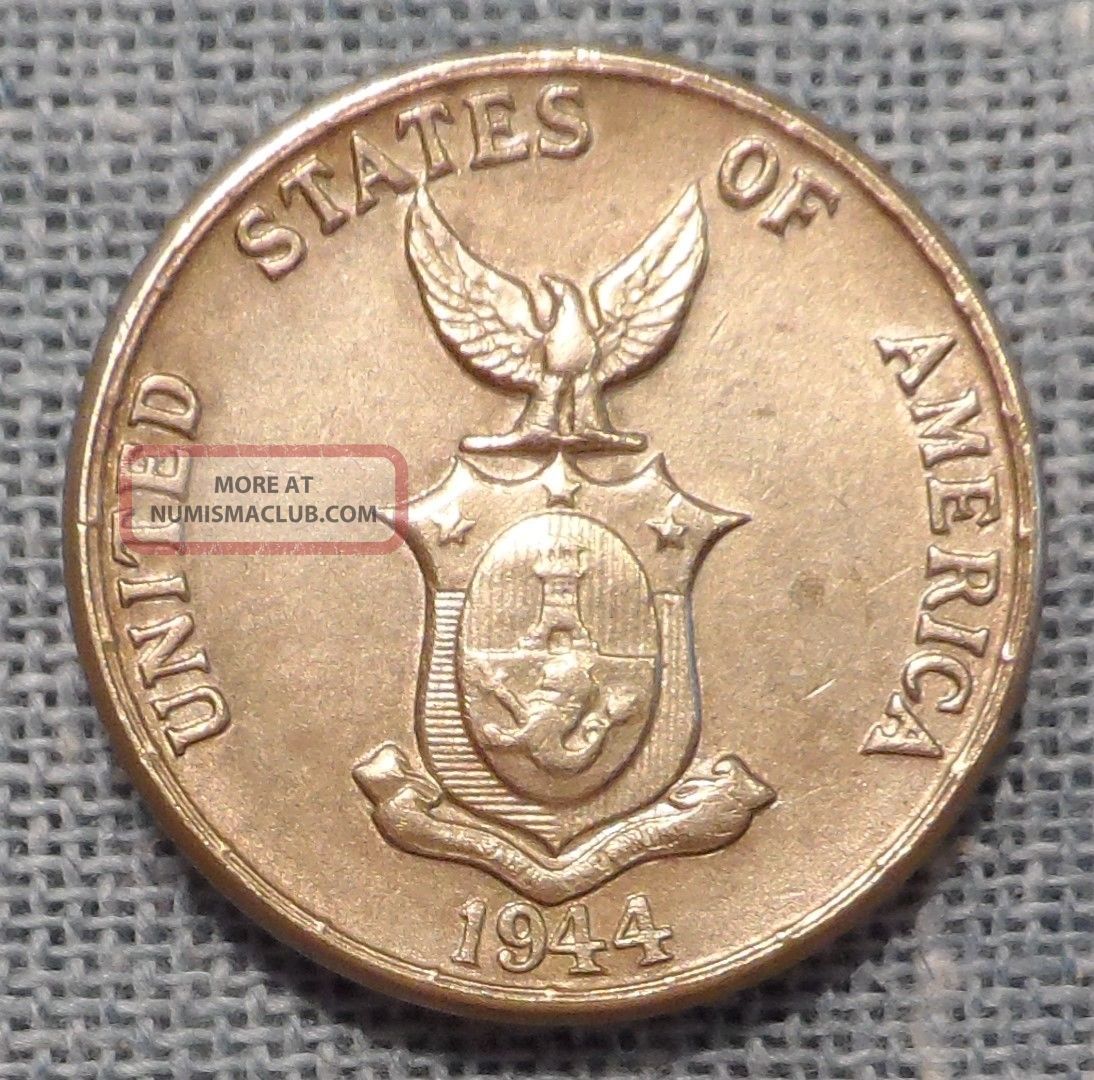
Ever rummaged through a dusty old coin jar and wondered, "Is this thing worth anything?" Maybe you even spotted a little bronze disc stamped "1944 5 Centavos Filipinas." What's the story behind that tiny piece of history, and could it make you rich?
Let's dive in, shall we? Think of your 1944 5 Centavos as a tiny time traveler. It zipped from the Philippines during World War II, a period of dramatic change and hardship. These coins weren't just money; they were symbols of a nation clinging to hope.
So, What's It Really Worth?
Here's the fun part: the value can be a bit of a rollercoaster! A well-worn coin, one that’s seen some serious pocket action, might only be worth a few cents – maybe 25-50 cents, if you're lucky. Think of it as the cost of a gumball back in the day, adjusted for inflation... sort of.
But hold on! If your 5 Centavos looks like it just rolled off the mint (highly unlikely, but hey, dreams!), we’re talking a different ballgame. A pristine, uncirculated coin could fetch anywhere from $5 to $20, or even more, depending on the specific mint mark and the coin's condition. Condition is everything in the coin world!
The Mint Mark Mystery
Now, about those mysterious marks. Look closely at your coin. Is there a tiny "M" somewhere near the date? Or maybe nothing at all? These are mint marks, and they tell you where the coin was made. Coins minted in Manila are the most common.
The absence of a mint mark isn’t necessarily a bad thing. It just means it was likely made in Philadelphia. The value difference between mint marks for circulated coins are minimal, so don't get too excited if you see (or don’t see) an "M."
More Than Just Money: A Story in Your Hand
Even if your 5 Centavos isn't going to fund your early retirement, consider its historical significance. It’s a tangible link to a pivotal moment in Filipino and American history.
Imagine the hands it passed through: a soldier buying supplies, a child purchasing candy, a family struggling to make ends meet.
These coins were used during a very difficult period. They represent a shared experience, a shared history between the Philippines and the United States. That little coin in your hand carries a powerful story.
So, before you toss that 5 Centavos back into the jar, take a moment to appreciate it. It's a miniature monument, a tiny testament to resilience and history. Maybe, just maybe, it’s worth more than you think, not just in dollars and cents, but in memories and meaning.
Even the most common coins have stories to tell. Keep digging, keep exploring, and keep those coin jars handy! You never know what treasures (both monetary and historical) you might uncover. Happy hunting!
